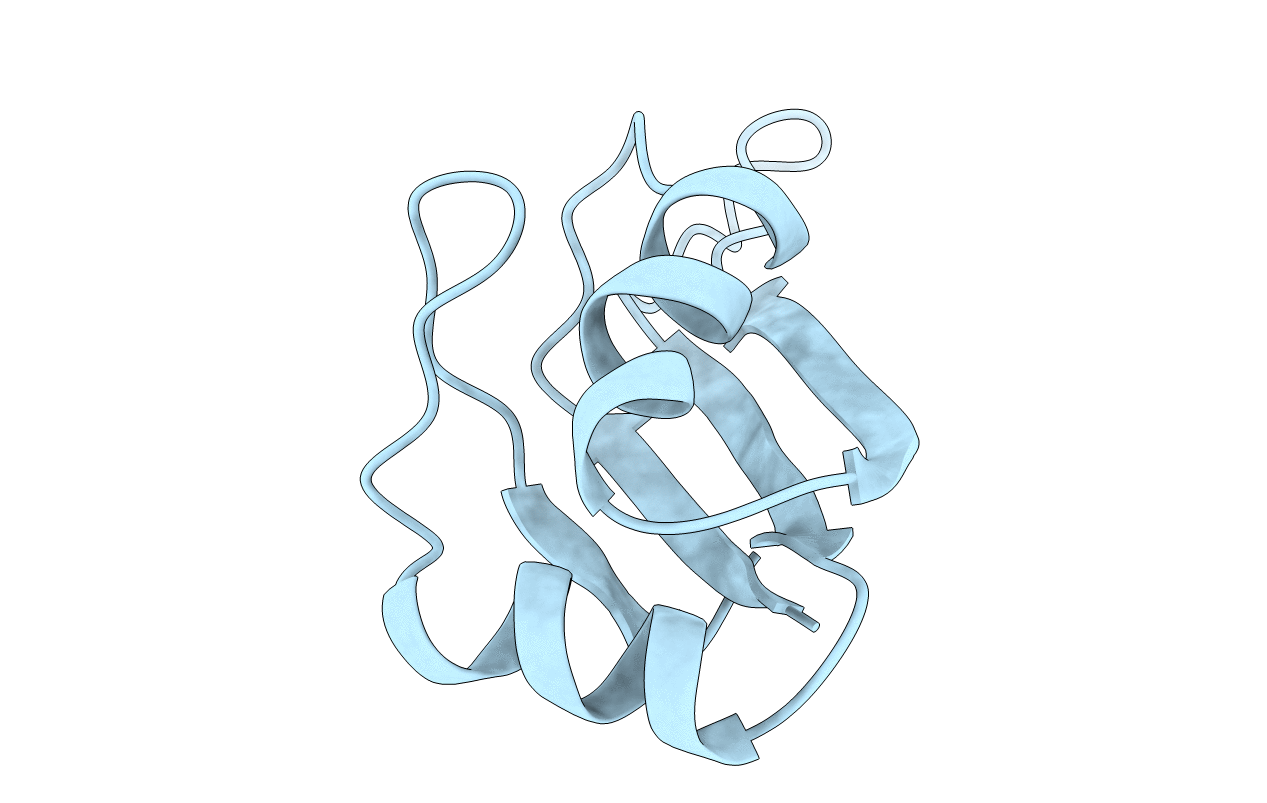
Deposition Date
1999-05-18
Release Date
2000-05-18
Last Version Date
2023-12-27
Entry Detail
PDB ID:
1HD0
Keywords:
Title:
HETEROGENEOUS NUCLEAR RIBONUCLEOPROTEIN D0 (HNRNP D0 RBD1), NMR
Biological Source:
Source Organism:
Homo sapiens (Taxon ID: 9606)
Host Organism:
Method Details:
Experimental Method:
Conformers Calculated:
200
Conformers Submitted:
1
Selection Criteria:
LOWER ENERGIES


